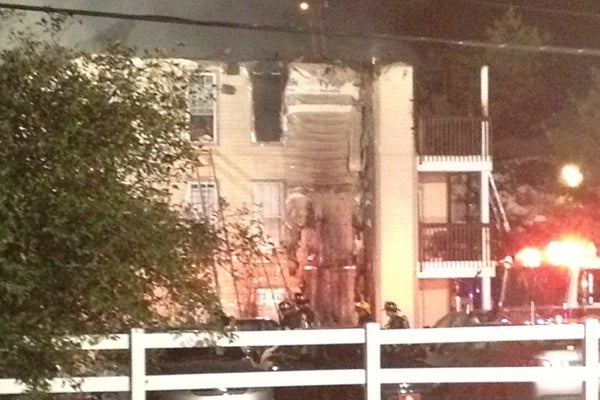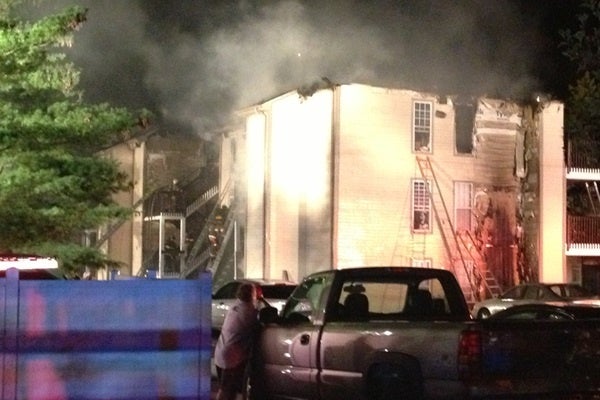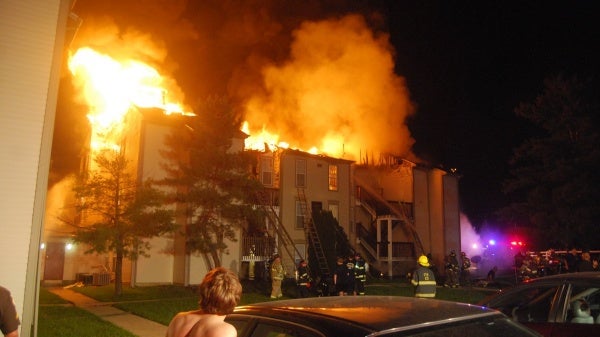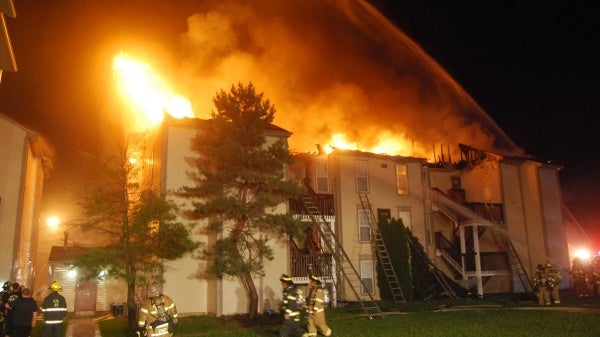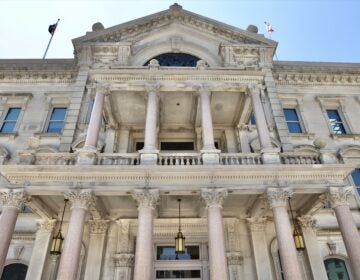Former Deptford landfill could become a major solar farm
When Public Service Electric & Gas began scouting brownfields and landfills to convert into potential solar farms, the top-ranked candidate turned out to be an unlikely choice: the old Kinsley landfill, which once served as a dumping ground for toxic ash from trash incinerators in Philadelphia.
But the Deptford Township site rated highest among more than 1,000 former garbage dumps and brownfields scoured by a consultant hired by the state’s largest gas and electric utility. The goal was to find the most suitable locations for solar grid-supply projects, which direct electricity from the panels straight into the regional power grid.
In the end, the consultant identified 22 former landfills as possible candidates for PSE&G’s Solar 4 All program, a $247 million investment over the next five years that aims to comply with a Christie administration goal to steer new solar farms away from working agricultural land to fallow industrial sites and old garbage dumps, long since closed down.
The program envisions building 42 megawatts of new solar capacity on the former dumps. If that target is achieved, it would make New Jersey the national leader in redeveloping brownfields and landfills, according to Todd Hranicka, director of solar energy for PSE&G.
With New Jersey’s solar sector in the doldrums, some firms view the PSE&G program as a godsend, helping to revive an industry that fell victim to its own success. So many new solar systems were installed in the past few years that it led to a sharp drop in the price of the credits owners of the arrays earn for the electricity they produce, drying up investment in the sector.
“Certainly, there’s been a downturn on the part of solar,” Hranicka said. “This is a lifeline to a lot of those solar firms. “We’re pretty proud of that.”
While some in the sector would not go that far, they said that the PSE&G program offers a viable financing option to develop solar on brownfields and landfills. “In today’s environment in New Jersey, you can’t get projects financed in the private sector,” said Jamie Hahn, a principal of Solis Partners, a leading solar developer in the state.
“We’ve got thousands of acres of brownfields and landfills,” said Hahn, who noted New Jersey’s population density prevents it from creating grid-supply projects that otherwise might move forward. “It’s a great use for property that can’t be developed for commercial or residential use. It represents a vast untapped resource.”
Assemblyman Upendra Chivukula (D-Somerset), one of the leaders in the Legislature trying to promote solar development, agreed.
“It’s a great thing,” Chivukula said of the effort to revitalize brownfields and landfills. “We have to figure out a way to redevelop land that is not usable and we need to protect our agricultural land.”
Not everyone supported that notion. The New Jersey Division of Rate Counsel argued that the proposal put too much of the cost of the program on ratepayers, rather than shareholders.
PSE&G’s consultant, Weston Solutions, used 45 screening criteria to judge what sites were most appropriate to develop solar farms on, ranging from usable acres, slopes, and nearness to affordable interconnections to the regional power grid. In the end, the consultant recommended 22 former garbage dumps, all of which have been properly closed based on state Department of Environmental Protection standards, Hranicka said.
The latter issue is particularly critical since it will dramatically reduce the cost of installing solar arrays on dumps that are yet to completely settle, a problem that could make the projects too expensive to pursue.
Numerous factors made Kinsley landfill a top choice, according to Hranicka. “It’s large [140 acres], it’s flat, and it’s got interconnection possibilities,” he said, referring to the cost of connecting the solar systems to the regional power grid.
Many details of the Kinsey project remain to be worked out, but the solar system could be as large as 8.2 megawatts, Hranicka said, or nearly twice as big as the largest solar system PSE&G has built on other brownfield sites. The utility has developed solar systems on four brownfields and a landfill, amounting to 10.5 megawatts of solar capacity.
The Kinsley site is not alone among former dumps targeted by PSE&G, according to Hranicka, who noted the utility also is looking at a number of former superfund toxic waste sites.
_______________________________________________________
NJ Spotlight, an independent online news service on issues critical to New Jersey, makes its in-depth reporting available to NewsWorks.
WHYY is your source for fact-based, in-depth journalism and information. As a nonprofit organization, we rely on financial support from readers like you. Please give today.


